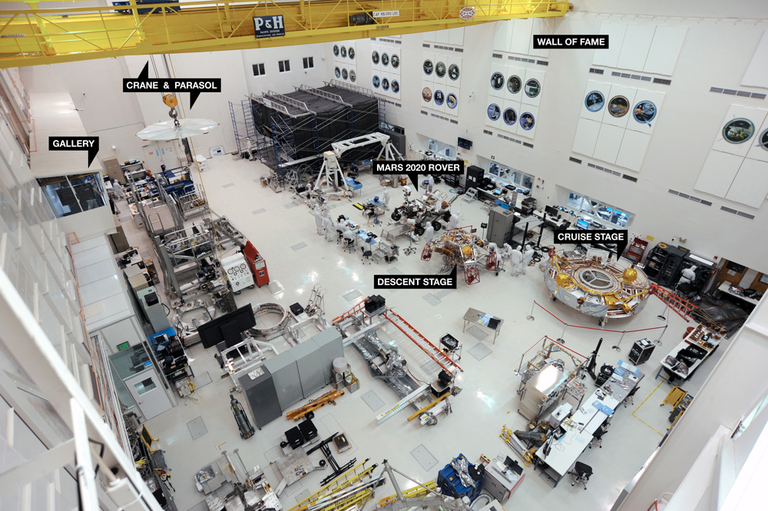Part 1 of the series looked at what clear rooms are. Now we discuss why they are used for building satellites.

Why Use Them for Satellites?
To Prevent Contamination
Satellites are used in the vacuum of space where even tiny particles can cause significant damage.
In clean rooms, everything is controlled to minimize dust, lint, or other contaminants that could stick to satellite components or interfere with sensitive instruments.
Precision Engineering
Satellite use high precision components like optics for imaging or sensors for scientific research. In these cases, any dust or contamination could alter the performance of these instruments.
Clean rooms ensure that the assembly occurs in an way that such risks are greatly reduced.
Reliability and Longevity
Satellites are built to operate for many years without maintenance. Building them in a clean environment helps in preventing early failure due to contamination or fault.
This is important for missions where repair or maintenance isn't possible, like a satellite in Earth's orbit.
Scientific Integrity
For scientific satellites, contaminants can lead to false readings or degrade the quality of data collected.
This is especially so in atmospheric studies, biological research, or measurements of cosmic events. In these cases, cleanliness is not just about everything working well, but also about data purity.
Material Compatibility
Some materials used in satellites, like certain glues or coatings can react badly with contaminants, leading to failure over time.
Clean rooms control not just particulate matter but also chemical cleanliness.
Regulations and Standards
There are numerous standards (like ISO 14644) for clean rooms in the aerospace industry which set the cleanliness level required for different parts of satellite assembly.
Meeting these standards ensures that the satellite meets the necessary specifications for space operation.
In General
While technology has improved, and some aspects of satellite construction might not require as stringent cleanliness as others, clean rooms persists as the main method of in-space component manufacturing.
Next . . .
In Part 3 of the Space Manufacturing we look at SpaceX and why they build rockets in tents.